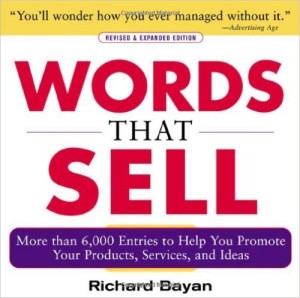The Hire or DIY Decision in Blogging

Should you hire an accountant or do your own taxes? That’s the Point/Counterpoint question John Peragine tackles in Speaker Magazine this month.
“Don’t hire” responses included:
- “Organized people can do their own taxes.”
- “I’m a trained CPA, so I don’t need outside help.”
“Yes” responses included:
- “Tax professionals know their stuff.”
- “I hate taxes and billing. I sleep well at night knowing the experts are doing what they know how to do best while I am doing what I do best, which is bringing in the money that they have to work with.”
Reading Peragine’s column, I couldn’t help thinking that the same two “camps” would form when it comes to hiring professional content writers for a corporate blog. Just as many speakers felt they can handle their own financial records; others felt they lacked the time, the expertise, and the inclination to prepare their own tax returns.
In the same way, while a minority of business owners and professional practitioners prefer to do their own writing, most lack the time – or the inclination – to compose corporate blog content with enough consistency and frequency to make a difference in search results and customer engagement.
There’s another important way in which business tax reporting and maintaining a blog are similar. No speaker’s CPA (who is not the CFO of the company, keeping track of finances throughout the year) can prepare tax returns for that speaker without being given correct and detailed information by the client. As one professional speaker described her process, “I have a bookkeeper for my everyday finances and payroll, and a CPA for my tax returns.”
Similarly, a freelance blog content writer can do the most effective job on any business owners’ behalf when there is a free flow of information from owners and from their boots-on-the-ground sales and customer service employees to the writer.
Just like a CPA, a ghost blogger is a specialist – in writing, and in particular, writing for online marketing, and writing with consistency over extended periods of time. Most business owners lack the time to keep up that effort.





Follow us online!